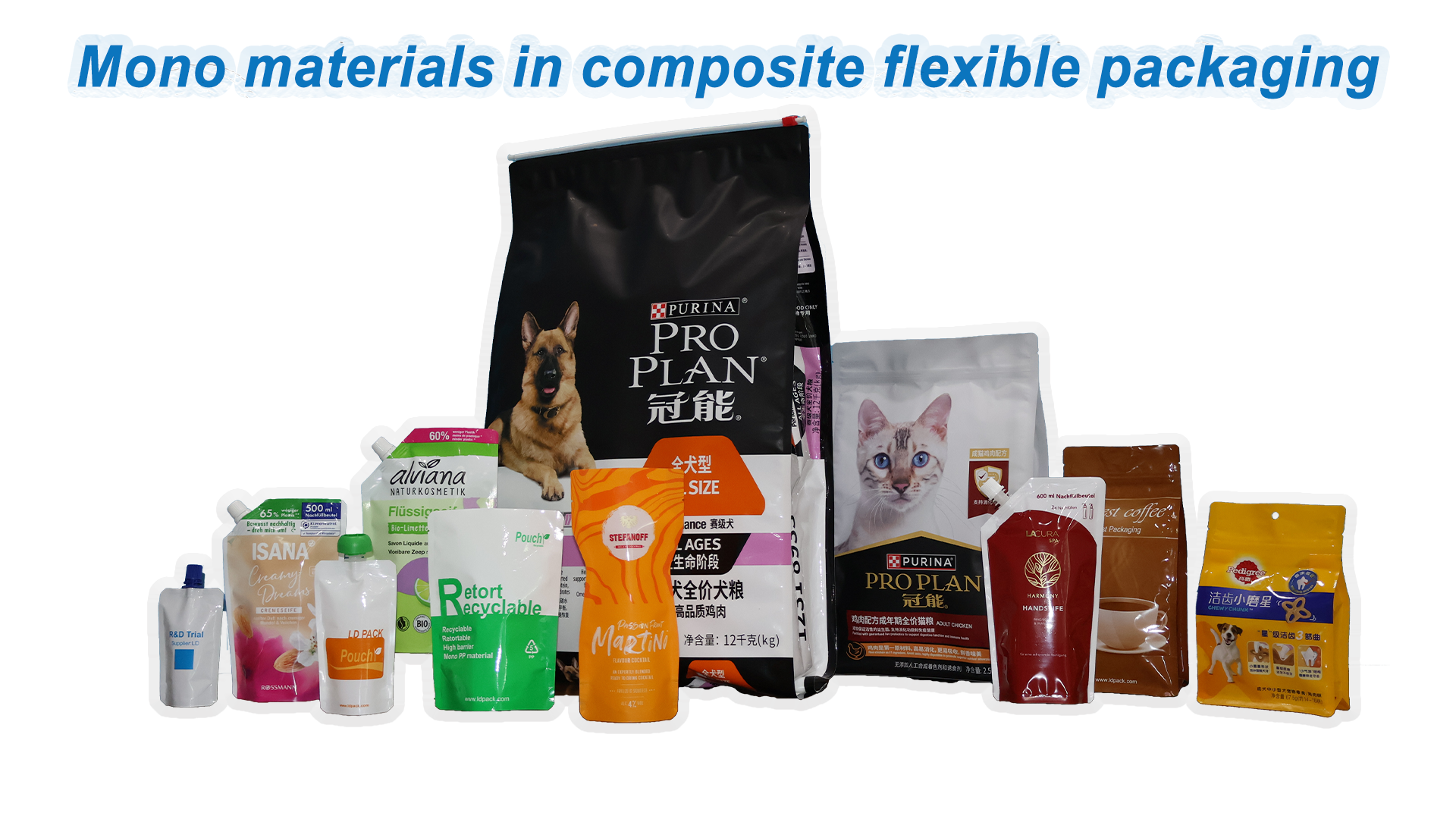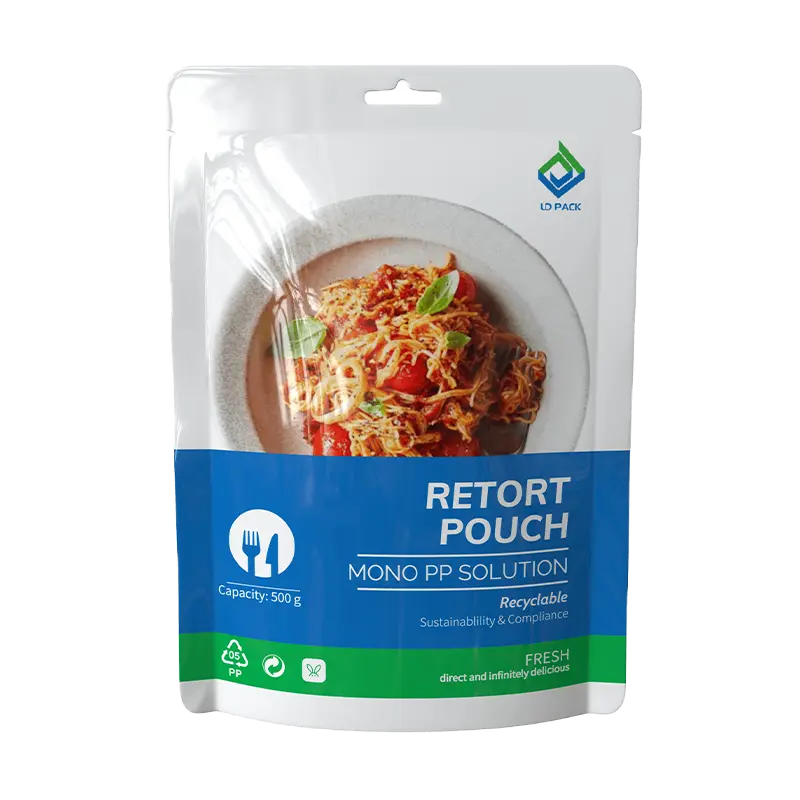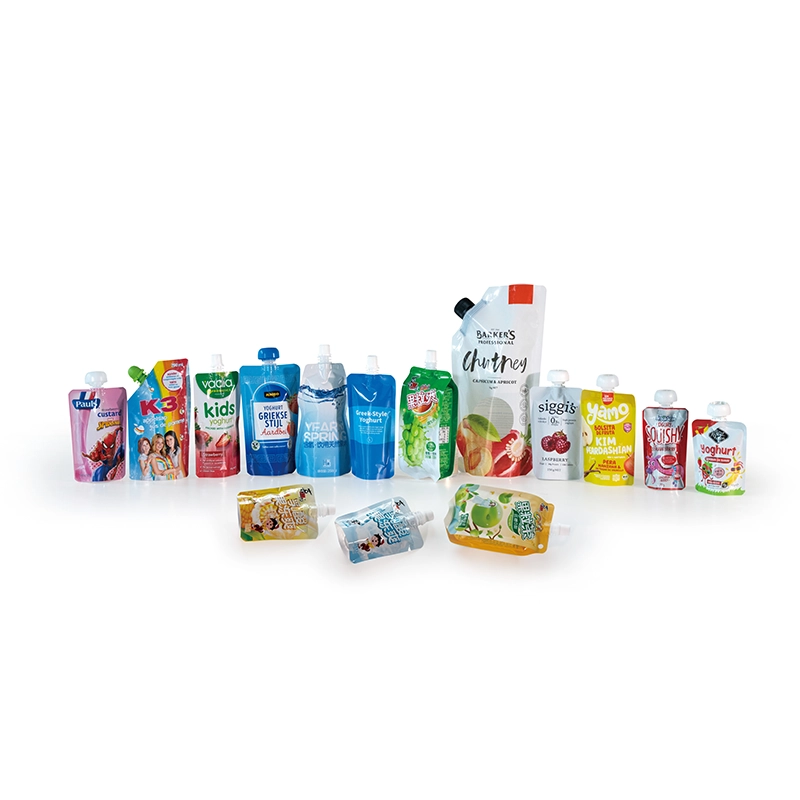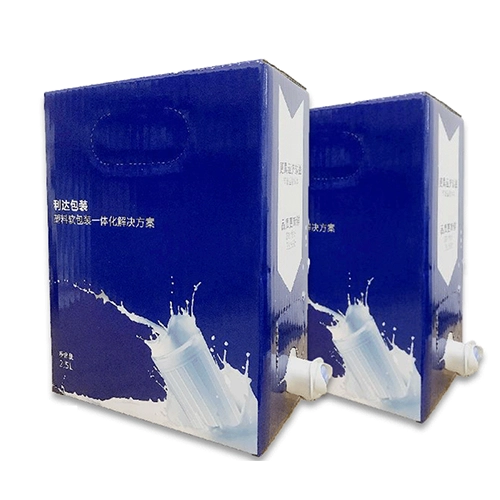Introduction of 3 kinds of stretched PE films
At present, mono-material recyclable packaging becomes a major focus of the flexible packaging industry, of which, the mono PE structure is the most expected to be widely used, and there are indeed many companies have begun the mass production of mono PE packaging.
We all know that, to realize the mono PE structure, the PE base film must be optimized in performance to meet the packaging requirements of barrier, heat sealing, printing and laminating adaptability. Now, we would like to briefly introduce 3 kinds of stretched PE films on the market.
1. Raw Materials of PE Stretched Films
Limited by the molding process, Blow MDOPE film and BOPE film can only choose low density polyethylene (LDPE), linear low density polyethylene (LLDPE) and metallocene polyethylene (mLLDPE) as the main raw materials.
Casting MDOPE film has no restrictions on the use of raw materials. LD PACK’s packaging with MDOPE film is made of HDPE as the main material, fundamentally solving the difference in raw materials performance of the three kinds of stretched PE films.
2. Printability
In general, the substrate to be printed should meet the following requirements:
1) The surface is smooth and flat, without obvious stiff blocks, yellow and black spots, holes and wrinkles;
2) The average thickness error should be within 10% (1M printing width);
3) Under the printing tension, the elongation of the substrate film to be printed should be less than 1%;
4) Surface tension of substrate to be printed should be >40 dyne.
Mechanical Properties of Stretched PE Film
Performance | Unit | BOPE | Blow MDOPE | Casting MDOPE |
Thickness | μm | 18-50 | 25 | 25 |
Tensile Strength(MD) | MPa | 81-190 | 150 | >300 |
Elongation at Break(MD) | % | 140-350 | 80 | <60 |
Elasticity Modulus(MD) | MPa | 620-1480 | 1000 | 1200-1400 |
Data above shows that three kinds of PE films all can meet the requirements of printing tension well.
All the production lines of stretched film are equipped with online corona devices, which can freely achieve single-side or double-side corona treatment with the normal corona value>42 dyne.
The only difference is the thickness tolerance range of the film. The processes of both BOPE and casting MDOPE extrude the melt sheet through the slit head. The gap between the lip and mouth of the film head is automatically adjusted, and the thickness uniformity of the film is easy to control with high precision. Generally, the thickness tolerance of the finished film can be achieved ≤±1.5%. Therefore, the surface of the finished film roll is smooth,while the edge is neat, generally there will be no wrinkles. The thickness tolerance range of blow MDOPE film is generally ±5% to 8%.
For the printing process, the uneven thickness of the substrate film to be printed will cause uneven film surface, distortion, uneven tightness on both sides, and poor straightness, which directly leads to inaccurate overprinting.
The thickness tolerance range of the printed layer film is directly related to the various production steps from printing, laminating to pouch-making, which directly impact the product quality and production efficiency.





